
Review: How does a plant orchestrate defense in time and space? Using glucosinolates in Arabidopsis as case study
Plant Science Research Weekly, Research0 Comments
/
Plants, like human societies, must live with the inherent conflict between investing in defense and investing in growth and infrastructure. Burrow and Halkier provide an interesting and highly readable overview of the strategies by which Arabidopsis optimizes the production and distribution of glucosinolates,…
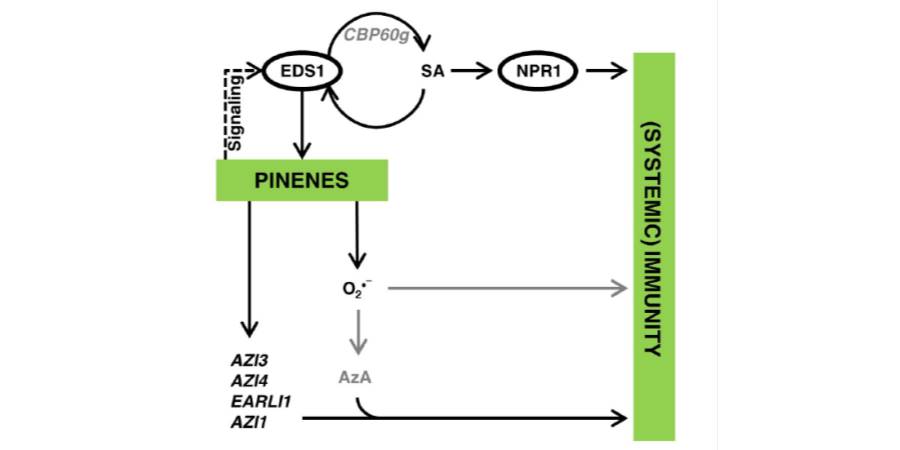
Secrets of the Forest: Volatiles First Discovered in Pine Trees Propagate Defense Signals Within and Between Plants
Blog, Research, The Plant Cell, The Plant Cell: In BriefSystemic acquired resistance (SAR)—a plant-wide heightened state of defense following localized exposure to a pathogen—is characterized by increased salicylic acid (SA) and ROS levels and elevated expression of pathogenesis-related genes. SAR depends on ENHANCED DISEASE SUSCEPTIBILITY1 (EDS1), which…
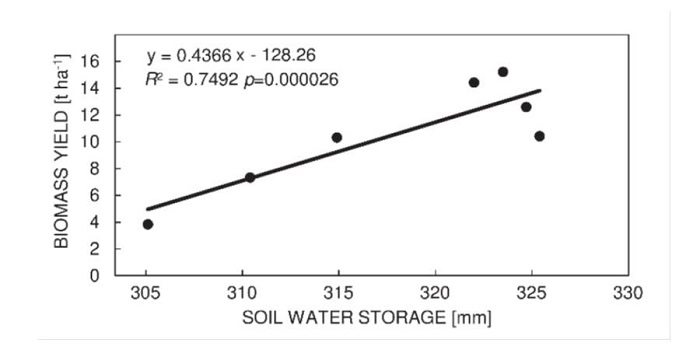
For drought tolerance, is water use efficiency (WUE) no longer a recommended selection criteria for energy crops?
Plant Science Research Weekly, ResearchPodlaski et al. conducted experiments with energy crops like miscanthus, prairie cordgrass, willow, etc, and report that water use efficiency (WUE) is no longer a valid trait for selecting energy crops for drought tolerance. They could not find any significant relationship between WUE and biomass …

TAL effector driven induction of a SWEET gene confers susceptibility to bacterial blight of cotton
Plant Science Research Weekly, ResearchPlants undergo photosynthesis in leaves to produce carbohydrates sucrose and starch. The sucrose is transported to other parts of the plants via sugar transporters called SWEET proteins. In addition, certain plant pathogens activate SWEET genes to invade their host. As shown in this paper, during bacterial…
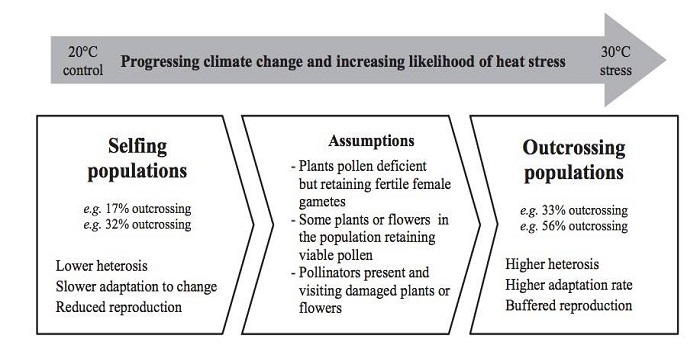
Elevated temperature drives a shift from selfing to outcrossing in the insect-pollinated legume, faba bean (Vicia faba)
Plant Science Research Weekly, ResearchThe effects of climate change on agriculture to human health have been well discussed in both scientific and public domains. In plants, changes in climate might affect interactions between the plants and their insect pollinators due to variable availability of pollinators in severe weather conditions,…
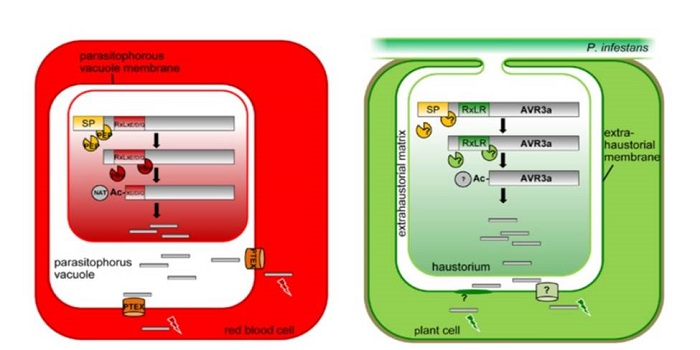
An Emerging Paradigm? RxLR Cleavage Before Effector Secretion
Research, The Plant Cell, The Plant Cell: In BriefEukaryotic pathogens are responsible for devastating plant diseases that threaten food supplies globally – think potato blight caused by the oomycete Phytophora infestans, rice blast caused by the fungus Magnaporthe oryzae, and wheat stem rust caused by the fungus Puccinia graminis f. sp. tritici.…

How Calcium Signals Early Warning
Research, The Plant Cell, The Plant Cell: In a NutshellLiu et al. uncover a direct link between calcium signaling and a plant immune receptor http://www.plantcell.org/content/29/4/746.abstract
Plants have evolved a sophisticated system to defend against pathogen attack that involves recognition of an invading pathogen and activation of the immune system.…

Rapid cytosolic calcium elevations in Arabidopsis during aphid feeding
Plant Science Research Weekly, ResearchCalcium signaling is a common plant response to many different stimuli. Vincent et al. used a fluorescent calcium reporter, GCaMP3, to record calcium responses in Arabidopsis to feeding by aphids (specifically, the green peach aphid Myzus persicae). Through analysis of various mutants, key components…
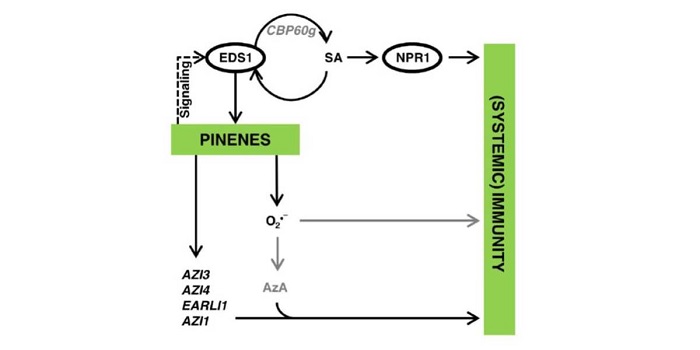
Monoterpenes support systemic acquired resistance within and between plants ($)
Plant Science Research Weekly, ResearchPathogen perception leads to local and systemic immune responses including systemic acquired resistance (SAR). The nature of the mobile signals and their movements remain uncertain. Riedlmeier et al. demonstrated that certain monoterpenes including α- and β-pinene accumulate in SAR-inducing conditions…

